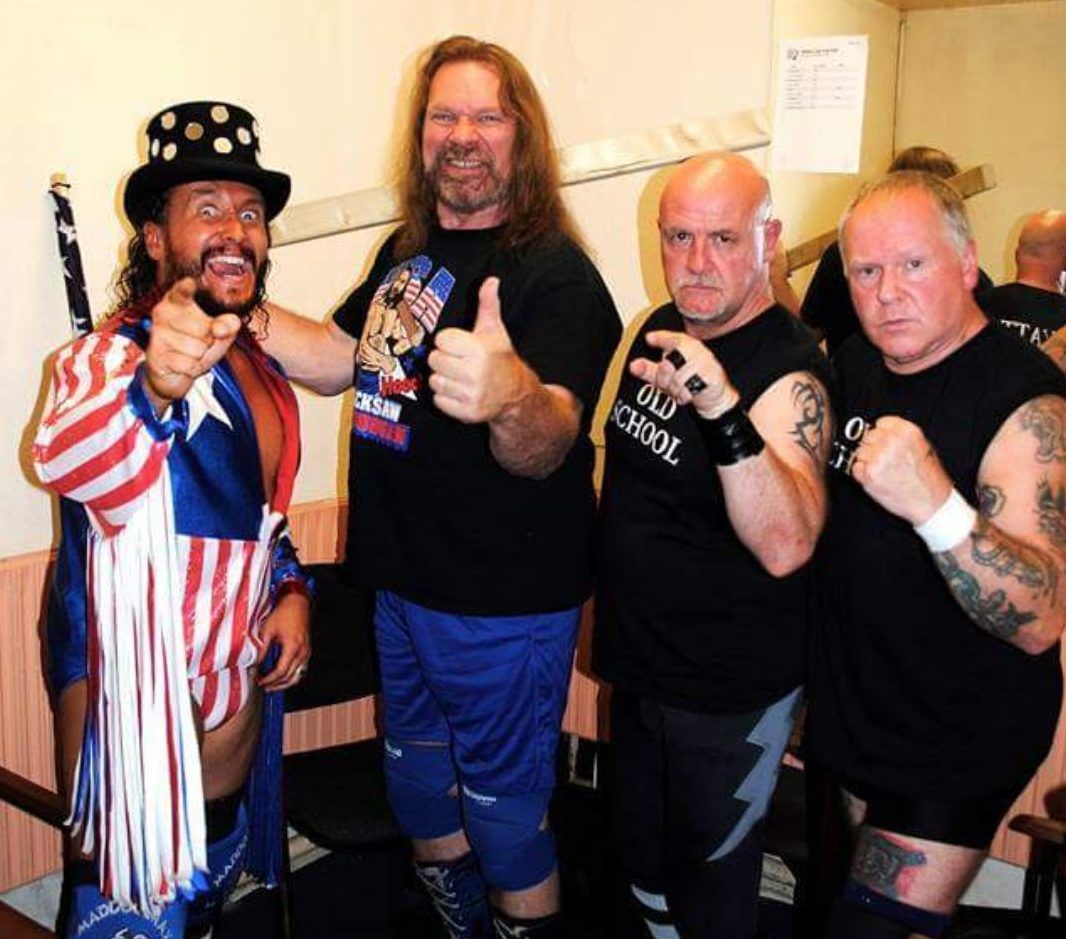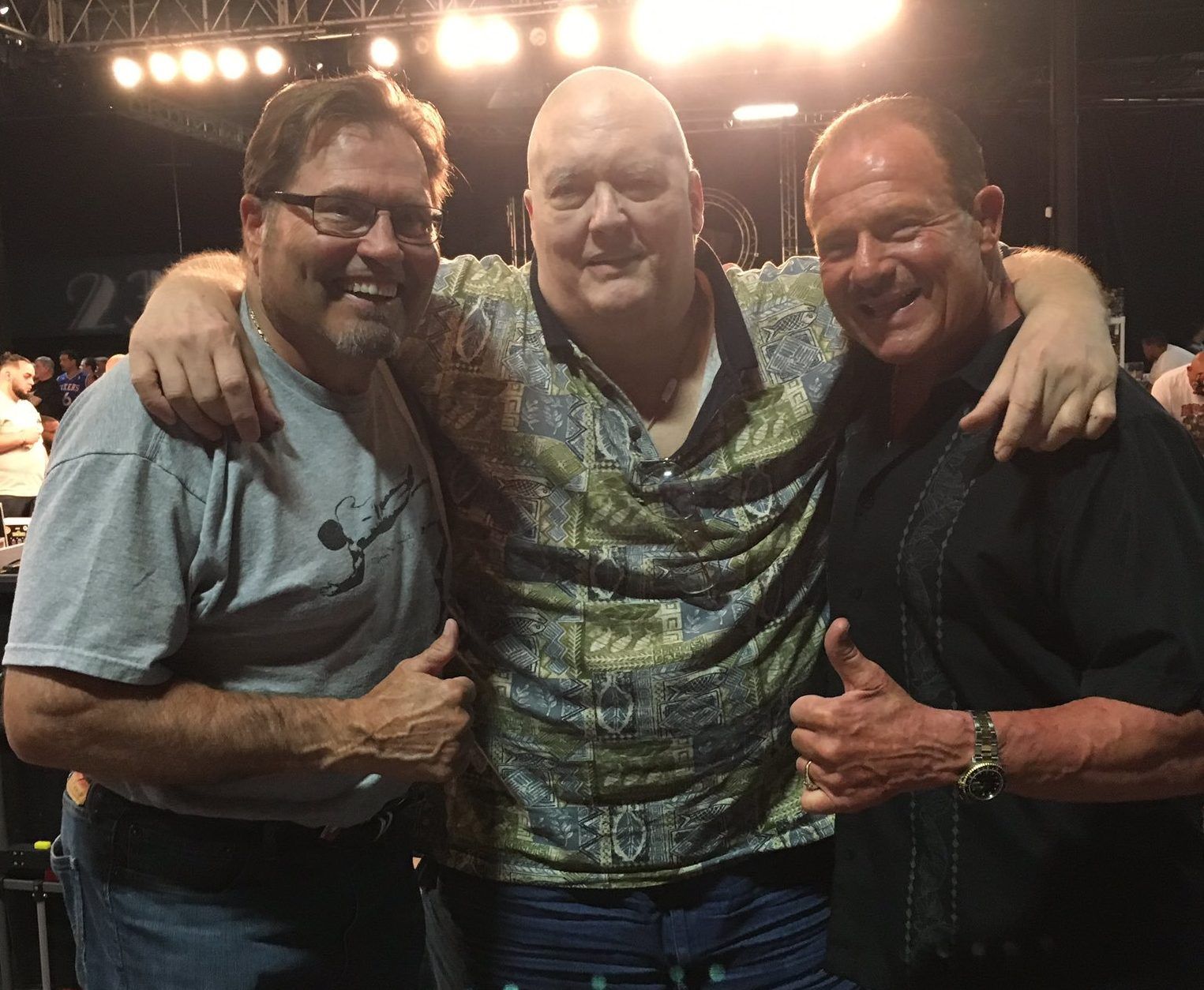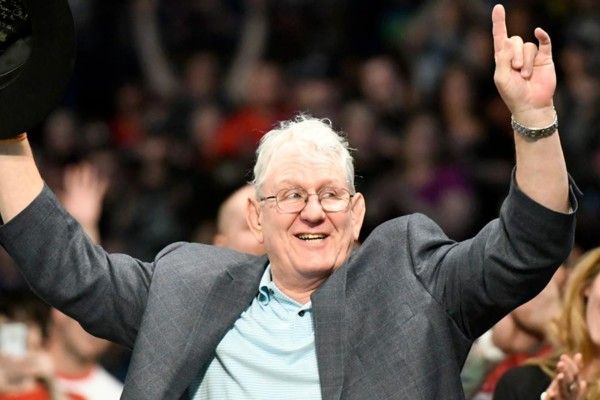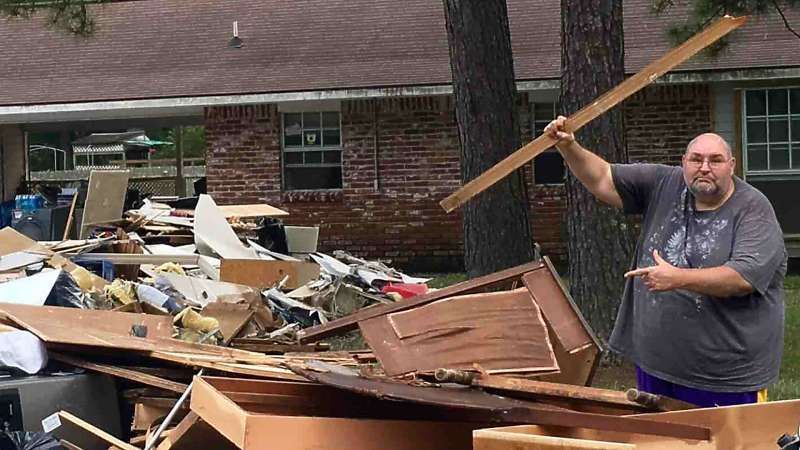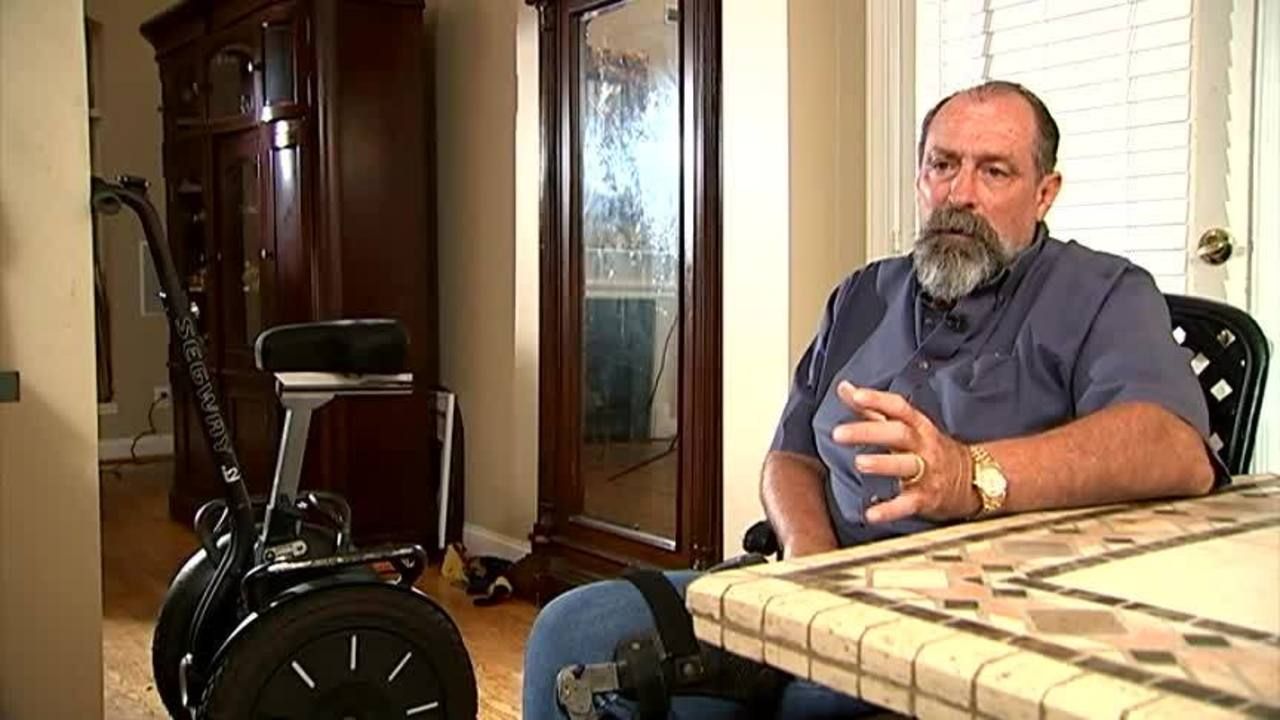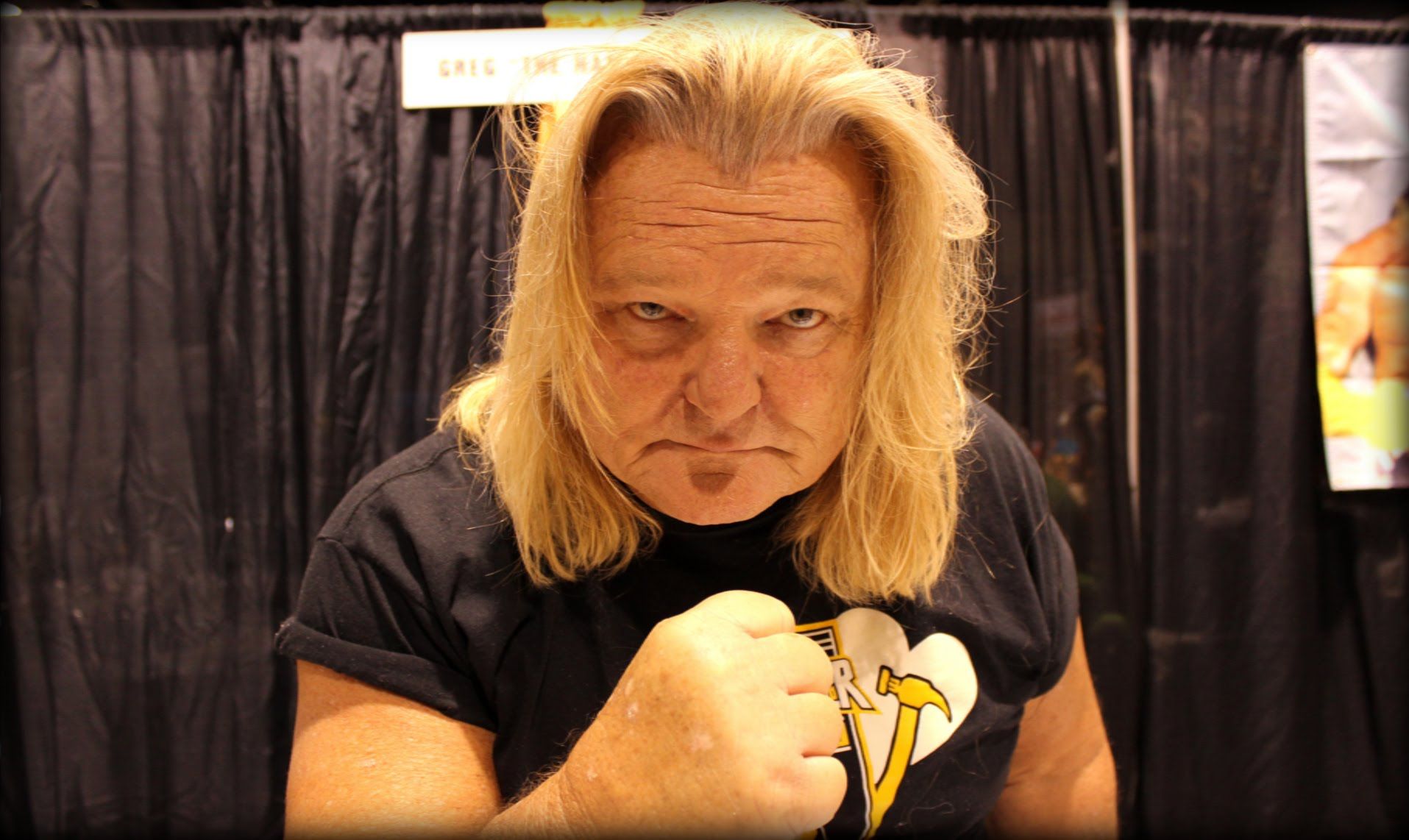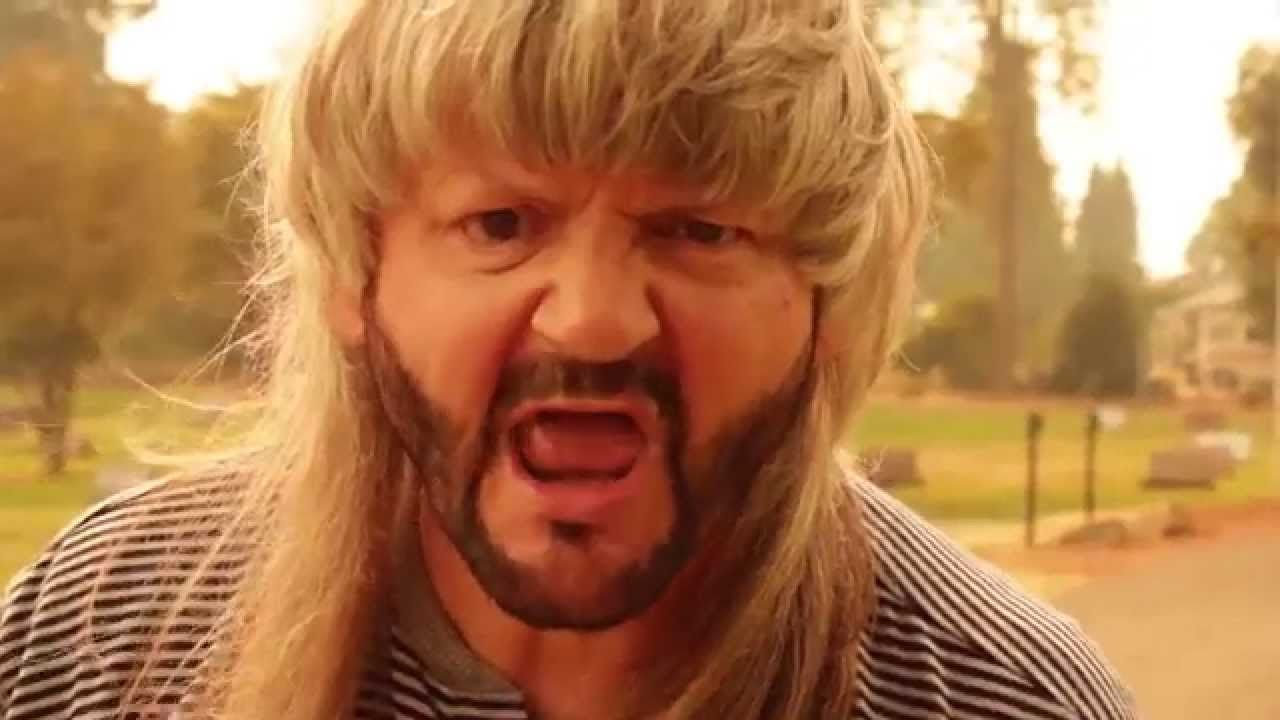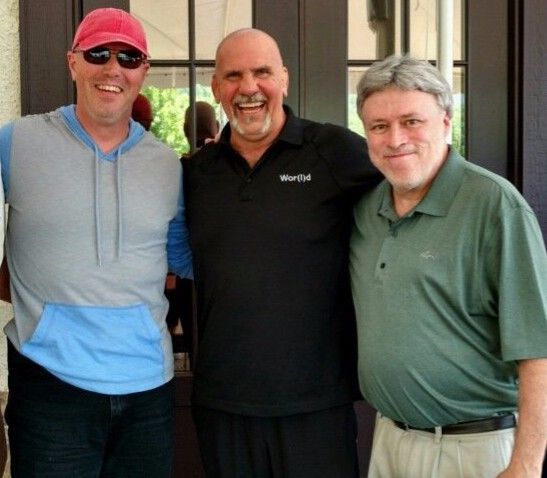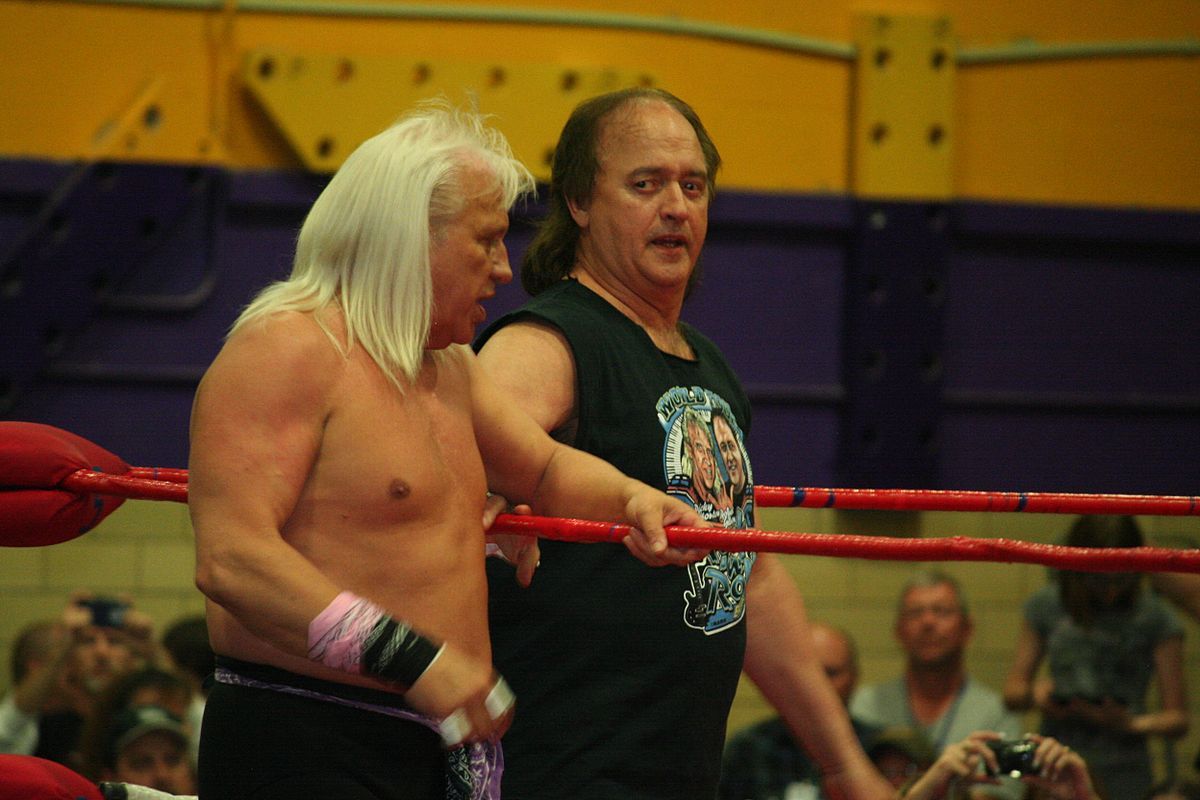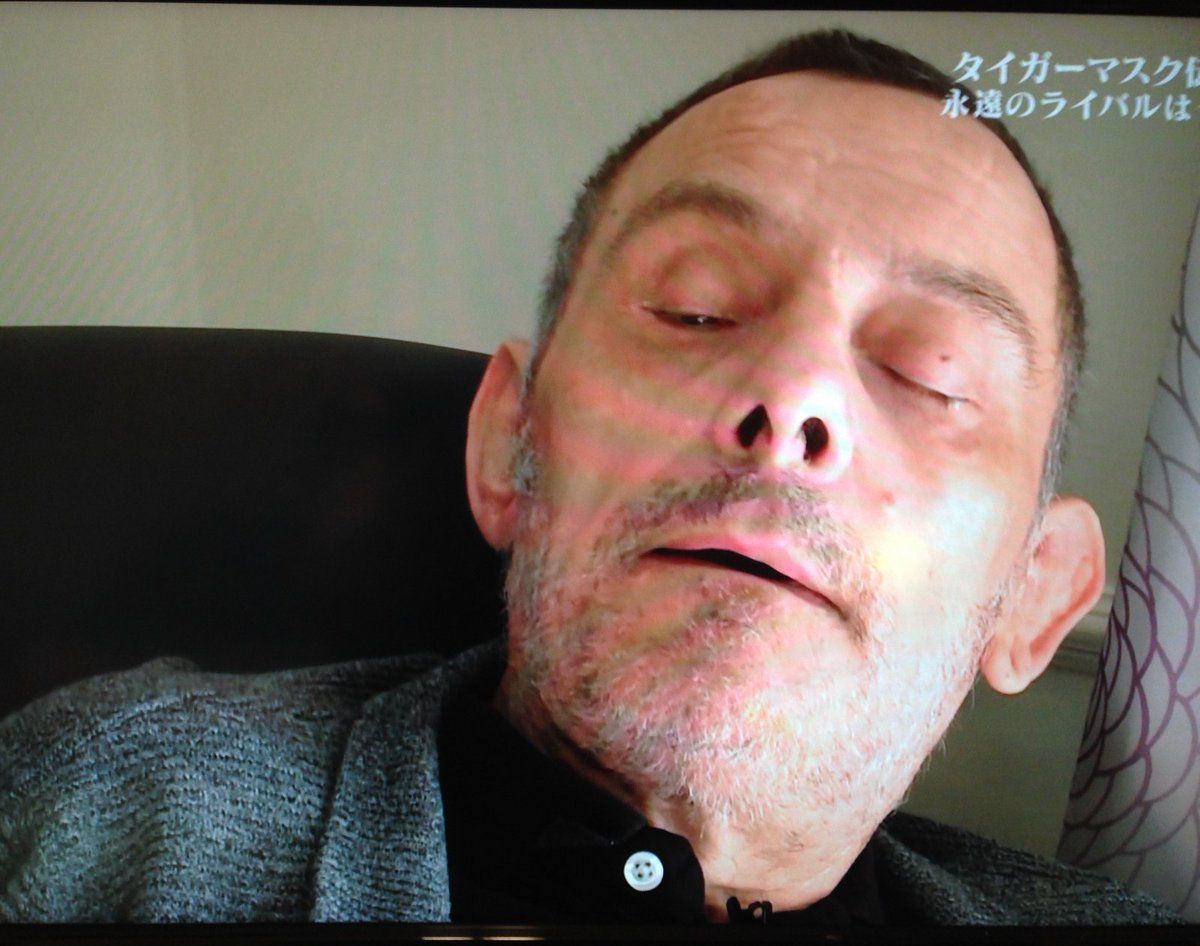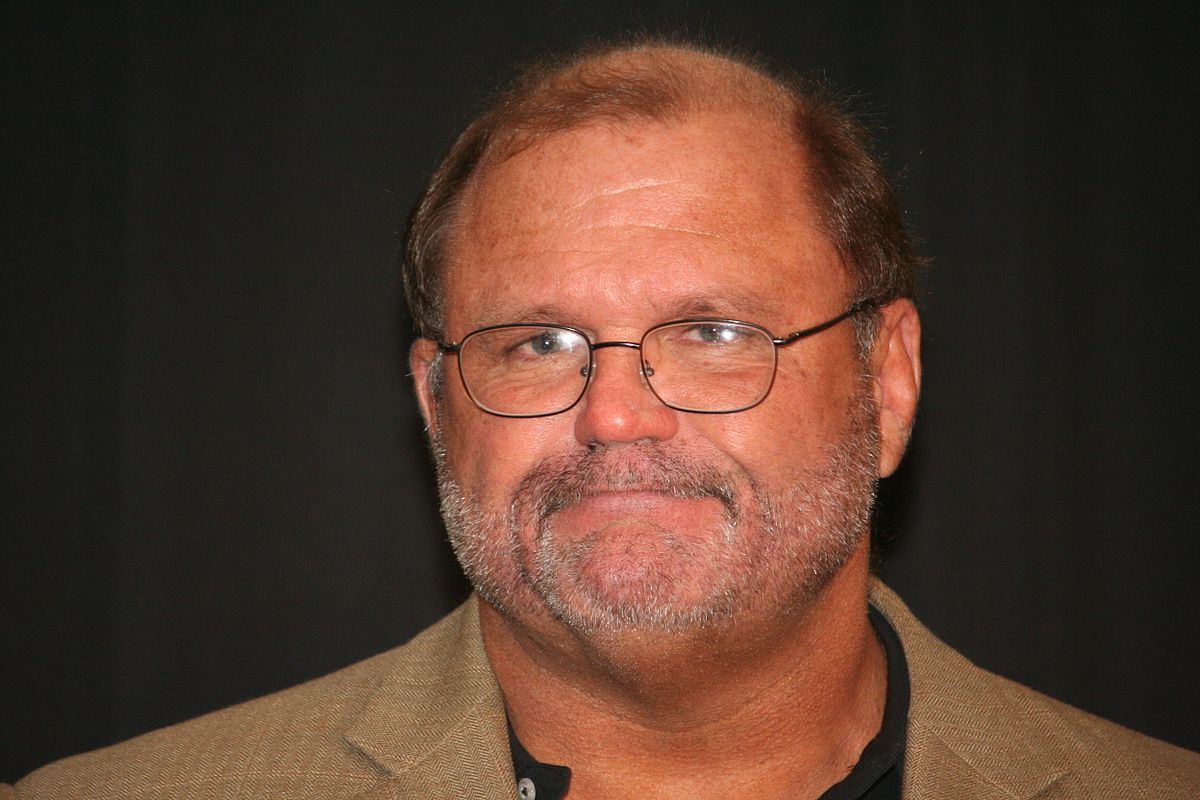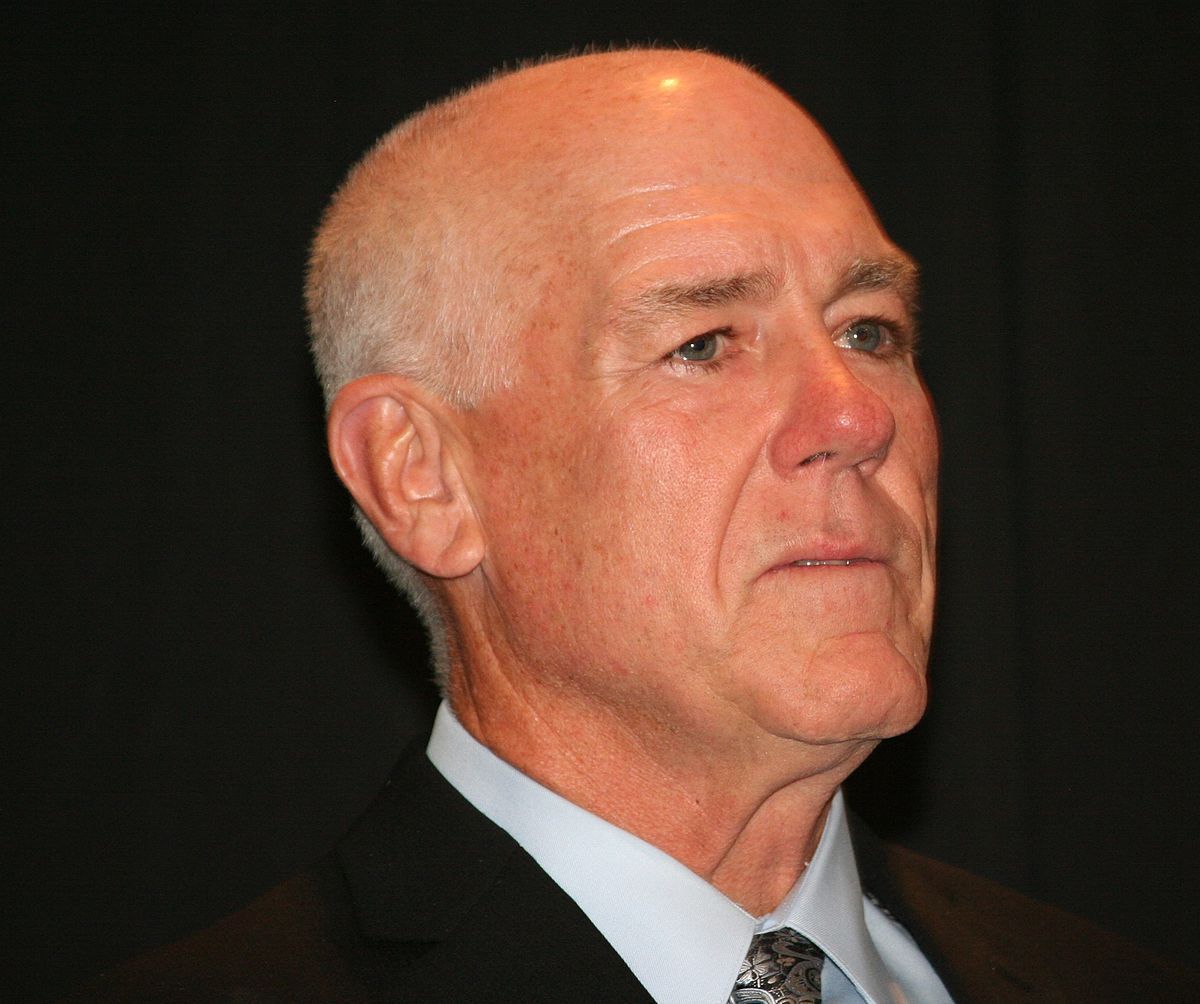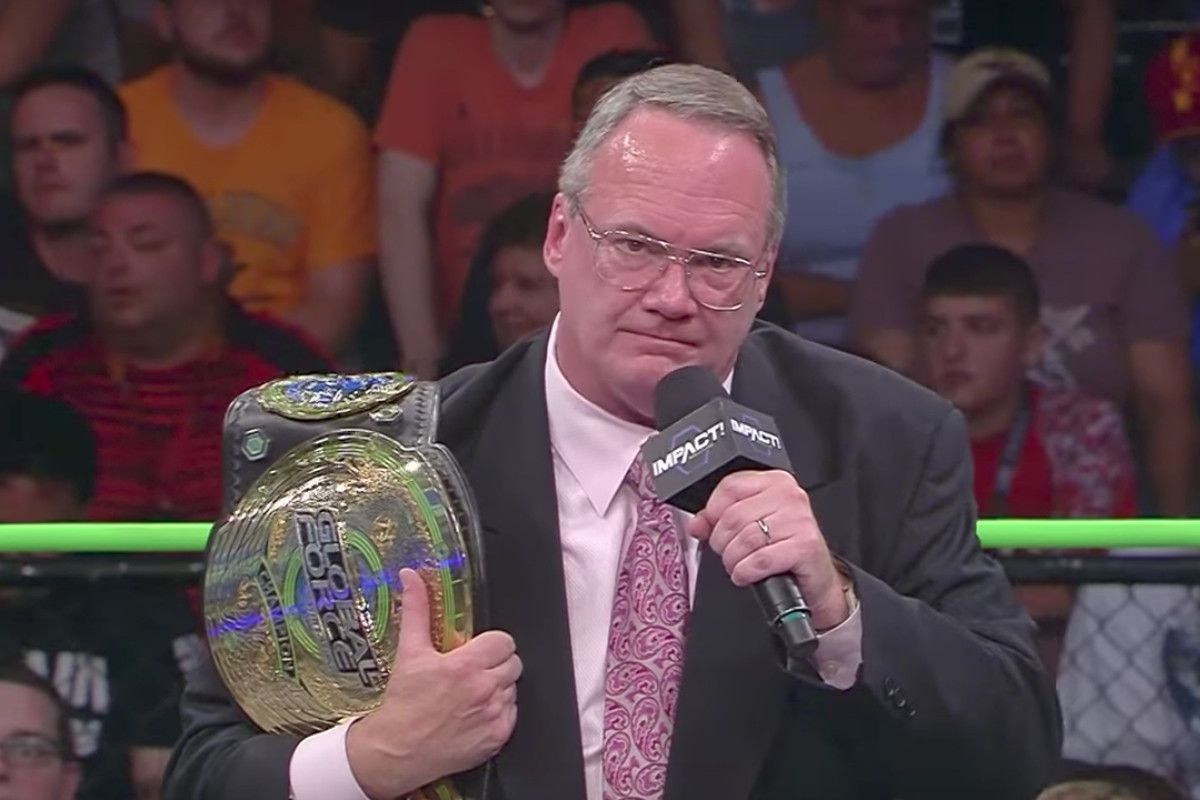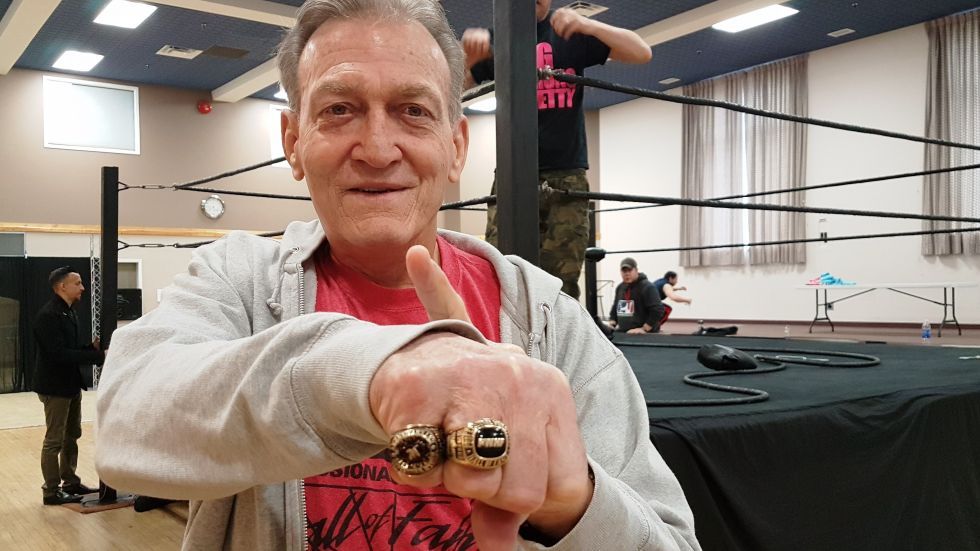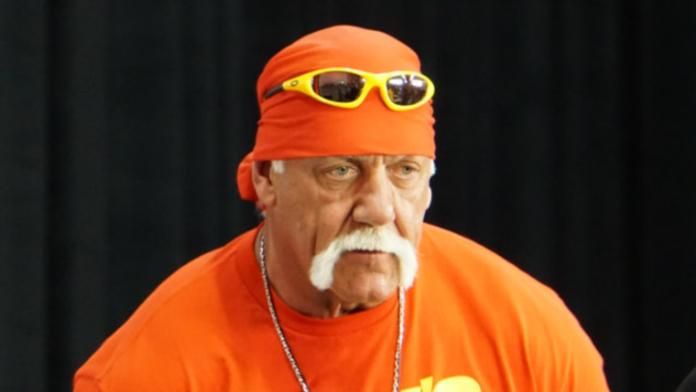The 1980s was a true golden age of professional wrestling. In the early part of the decade, there were territories scattered across the globe, and some of the most memorable matches took place in these areas. By the time the middle of the decade dawned, the professional wrestling landscape was changing rapidly. Vince McMahon's WWE and Jim Crockett Promotions-NWA led the charge for national expansion. Meanwhile, a number of other promoters, including Bill Watts and Ron Fuller, sold out before the decade's close. Seeing the writing on the wall, the two long-time wrestlers and promoters moved into other lines of work, rather than be put out of business.
Today, wrestling fans look back very fondly on the 1980s mat wars. The time period saw the rise of Hulkamania, the dominance of the Four Horsemen and a change in wrestling style. Many of the top stars of the 1980s are looked at differently than today's grapplers. They were rock stars in a business that combined sports and entertainment into a unique package.
The wrestling stars of the 1980s influenced many of the modern stars. Tune into Monday Night RAW, SmackDown or Ring of Honor's weekly television show, and it is evident that the 1980s superstars had an effect on these programs.Unfortunately, many wrestlers from the decade are no longer with us, so for the ones that are still alive, it is important that they are remembered by fans new and old.
15 15. "Hacksaw" Jim Duggan
"Hacksaw" Jim Duggan is still one of the most recognized wrestlers of the 1980s. A star football player at Southern Methodist University, Duggan went on to play in the NFL for the Atlanta Falcons in the late-70s. Forced to retire from football due to knee injuries, Duggan began working the wrestling territories before finding a home with Mid-South/UWF. In 1987, Duggan joined the WWE ahead of WrestleMania III, and was set to be a star. His DUI arrest in May 1987 along with the Iron Sheik saw him get fired by the company. Luckily, Duggan was brought back by the end of the year, and he became one of the decade's most memorable wrestlers. Regardless of age, many wrestling fans will forever remember Duggan's 2x4, American flag and signature phrase, hoooo!
14 14. King Kong Bundy
King Kong Bundy was paired with Hulk Hogan for WrestleMania II, and it could be argued that he was the first "monster" heel the WWE champion had a program with. Bundy was an enormous figure, and his pasty white skin, bald head and lack of eyebrows made him extremely menacing. Combined with his black singlet, Bundy looked like a killer whale, which is the reason manager Bobby "The Brain" Heenan called him Shamu. Bundy and Hogan were the first duo to compete in the WWE's big blue cage, which they grappled in at WrestleMania II. Bundy would be in and out of wrestling over the next decade while trying his hand at acting. He was occasionally seen on FOX's Married with Children. In 2016, Bundy was named in a lawsuit against the WWE due to concussions and brain damage incurred while working for the company.
13 13. "Cowboy" Bob Orton
To modern wrestling fans, "Cowboy" Bob Orton is simply the father of WWE superstar Randy Orton. But in the 1980s, the elder Orton was one of the top shooters in wrestling. Orton is a second-generation wrestler, and his brother, Barry O, also worked in the sport of kings. Orton began his career in the early 1970s, and during the WWE's national expansion, he was a major player. Orton was on the opposite side of Hulk Hogan, Mr. T and Jimmy "Superfly" Snuka in the main event of WrestleMania I. He managed "Mr. Wonderful" Paul Orndorff and "Rowdy" Roddy Piper. Many fans may recall Orton wearing a cast on his wrist for months on end to heel a broken bone. The injury was a shoot, and according to Orton, it never healed until he left the WWE.
12 12. One Man Gang (Akeem)
By the time the One Man Gang joined the WWE in 1987, he had already been wrestling for 10 years. The Gang was a scary individual, but it wasn't until he made the transformation to Akeem "the African Dream", that he got a real, extended WWE push. As Akeem, he worked main event matches opposite Hogan and Savage regularly. Together with the Big Boss Man, the pair formed the Twin Towers. During the fall and winter of 1988 and 1989, the Twin Towers regularly went up against the Mega Powers, including a memorable Survivors Series '88 main event, and on the NBC special, The Main Event. Akeem was at the heart of the Mega Powers split, which occurred on the February 3, 1989 airing of The Main Event. Akeem would leave the WWE a year later, and revert to the One Man Gang gimmick during runs in WCW and ECW.
11 11. Magnum TA
Magnum TA was destined to be NWA-Jim Crockett Promotions' Hulk Hogan. However, a tragic car accident cut Magnum's career short. Following the car wreck, the enter right side of Magnum's body was left paralyzed for some time. For years afterwards, he would appear on camera hiding his right arm. Magnum worked in the WCW office and started his own business away from the ring. In 2005, Magnum married his former rival, Tully Blanchard's, ex-wife, Courtney. Magnum is the step-father to occasional WWE women's wrestler Tessa Blanchard. Although he had only been in the wrestling business for fewer than six years when he was forced to retire, Magnum was being groomed to win the NWA World Heavyweight title from Ric Flair. All of the promotion's plans changed when he crashed his Porsche on October 14, 1986. Some have even claimed Crockett's NWA would have stayed in business.
10 10. Greg "The Hammer" Valentine
Greg "The Hammer" Valentine took 45 minutes to get warmed up in a match, according to famed WWE announcer Gorilla Monsoon. A second-generation grappler, Valentine had a memorable feud with Tito Santana over the WWE Intercontinental title during the mid-80s. Unfortunately for Valentine, he was too vanilla for Vince McMahon as the 1980s wore on. A great heel and worker, Valentine didn't have a place at the top of the card as wrestlers such as the Ultimate Warrior and Bam Bam Bigelow entered the promotion. Valentine would become a tag team wrestler. First as one half of the Dream Team and later as part of Rhythm and Blues with The Honky Tonk Man. The latter was a gimmick Valentine hated, but it gave him further life in the WWE. He stayed with the company into the 1990s before leaving for WCW.
9 9. Billy Jack Haynes
Watch a shoot interview featuring former WWE wrestler Billy Jack Haynes, and you will find a former grappler with some crazy stories. You will also find a former wrestler who is a bit out there in his views. Haynes made a name for himself thanks to his look in the early 1980s. He got over in a time when a chiselled physiques on nearly all wrestlers was uncommon. Haynes' departure from the WWE is shrouded in mystery due to his often changing story. It is still unknown why he actually left. Despite leaving the company nearly 30 years ago, there is still plenty of animosity on Haynes' side toward Vince McMahon. He has sued the WWE multiple times, including alleging his diagnoses of Hepatitis C being the WWE's fault.
8 8. Nikita Koloff
Scott Simpson, the man behind the Nikita Koloff gimmick, was another one of the top stars to emerge from the Minneapolis, Minnesota area in the 1980s. As Koloff, Simpson lived the gimmick 24/7. He changed his legal name to Nikita S. Koloff and even spoke in a broken Russian accent in public. According to Jim Cornette, Koloff even stayed in gimmick during flights with the other wrestlers, and never broke kayfabe. Koloff main-evented the 1986 Starrcade show, battling NWA World Heavyweight Champion Ric Flair to a double disqualification. In 1988, Koloff's wife died of cancer, and he soon left the business. When he re-emerged in WCW in 1991, he had lost much of his steroid induced muscles and his bald head now had a brown flat-top. His appearance made him look much older than during his pomp of the mid-80s.
7 7. Rock'n'Roll Express: Robert Gibson And Ricky Morton
The Rock'n'Roll Express was inducted into the WWE Hall of Fame in 2017. It was an induction long overdue for one of the greatest tag teams of all-time. The team's lengthy and multi-territory feud with the Midnight Express was one of the biggest rivalries of the decade. The team's excessive lifestyle on the road with women and drugs didn't help their careers or bodies. By the time the 1980s ended, the Rock'n'Roll Express looked far more dated than their contemporaries, and it probably hurt them on a national level. Robert Gibson and Ricky Morton were not only one of the best tag teams of the decade, but the duo spawned so many copycat pairs. The Rockers, the Rock'n'Roll RPMs and the Southern Rockers were all influenced by Gibson and Morton. The Rock'n'Roll Express is still at it today. Despite advancing in age, Gibson and Morton are still working indie shows around the southern United States.
6 6. Dynamite Kid
The Dynamite Kid was one of the most innovative wrestlers of the 1980s. His matches with the original Tiger Mask were light years ahead of what some wrestling companies were doing. The two fought in New Japan Pro Wrestling and in the WWE, and changed wrestling in the process. Dynamite's style was copied by a host of grapplers that debuted later in the decade or in the 1990s, including Chris Benoit, Eddie Guerrero and Dean Malenko. Dynamite's steroid taking, substance abuse and ring style contributed to serious injury problems that cut his career short. All three have had effects on his life post-wrestling. Confined to a wheelchair, Dynamite spent all of 2016 in an England hospital after suffering a stroke in late 2015, according to the Calgary Herald. According to Dynamite's wife, Dot, the former WWE superstar has never been offered help from the company.
5 5. Arn Anderson
Ric Flair's promos are what many wrestling fans talk about when speaking about the original Four Horsemen. However, Arn Anderson's interviews were just as good, if not better, than his colleague's. Anderson had the ability to convey a message that few others could, and make wrestling look like a legitimate sport. Anderson was one of the top wrestlers in the United States during the late 1980s, and continued his work as a faction man in the 1990s as part of the Dangerous Alliance, Stud Stable and watered-down versions of the Four Horsemen. Anderson was forced to retire in 1997 due to injury, and since 2002, he has worked as a road agent for WWE.
4 4. Tully Blanchard
Tully Blanchard was a criminally underrated wrestler during the NWA-Jim Crockett Promotions heyday. In fact, Blanchard may have been the best part of the original Four Horsemen. While Ric Flair was suave and cool, and Arn Anderson was the tough enforcer, Blanchard was just a jerk that everyone hate. He was a heat magnet. The Horsemen were never the same after Blanchard left for the WWE and subsequently had his WCW contract offer pulled thanks to failing a 1989 WWE drug test. WCW really missed out on some big money with Blanchard as a heel world heavyweight champion and Flair chasing him as the babyface. After retiring from the ring, Blanchard became a born again Christian, and went on to work as a minister. Once a talker, always a talker.
3 3. Jim Cornette
Jim Cornette is one of the greatest wrestling managers of all-time, and during the 1980s, he led the Midnight Express to tag team gold in several territories. Recently retired from ringside management, Cornette is one of the biggest draws on the wrestling convention circuit. His criticism of many of today's wrestlers has made him a divisive figure amongst fans and wrestlers alike. Cornette's long-running feud with former WWE, WCW and TNA head writer Vince Russo has also brought him to the attention of many. In the summer of 2017, Russo even took out a protective order against the former manager as he believed his life was at risk. Cornette retired from management at November's Wrestlecade show after managing Dan Severn. It was a decision Cornette credits to his accumulation of injuries and the fact that fans want to cheer for him, rather than see him get his comeuppance.
2 2. "Mr. Wonderful" Paul Orndorff
According to "Mr. Wonderful" Paul Orndorff, he and Hulk Hogan were "printing money" as they took their feud around the United States in the mid-1980s. The two were a great pairing, and put on some classic matches, including a show in Toronto that drew 76,000 fans. According to legend, Orndorff wasn't booked to wrestle at WrestleMania III as the WWE was afraid Andre wouldn't be able to compete. The company was ready to send Orndorff out if the Giant couldn't go due to his failing health. Rumours also claim he got a similar payout for the match to the other two. The medication has helped to erase some of his memories. In recent years, Orndorff has had his own health problems. He battled throat cancer and won. He has also been involved with lawsuits against the WWE due to brain damage.
1 1. Hulk Hogan
Hulk Hogan is the most iconic wrestler of all-time. Sorry, Ric Flair, but Hogan was far more prevalent in pop culture during his run. Thanks to Hogan and the WWE, millions of kids became wrestling fans. Almost overnight, the business went from dark, smoke-filled small auditoriums and into brightly lit arenas. Hogan was the vehicle that influenced millions of parents to have their children watch WWE programming rather than the NWA or other territories. His look made him a main attraction, and it was very different than the men who preceded him. He looked more like what most people believed a professional athlete should look like, and he had the charisma to match. He was a superhero and the ultimate babyface during a decade that saw great political, financial and cultural change in the world. Of course, he would reinvent himself with the N.W.O. in the 1990s, but his great heel work couldn't have been done unless he laid the groundwork as the quintessential babyface of the 1980s first.


